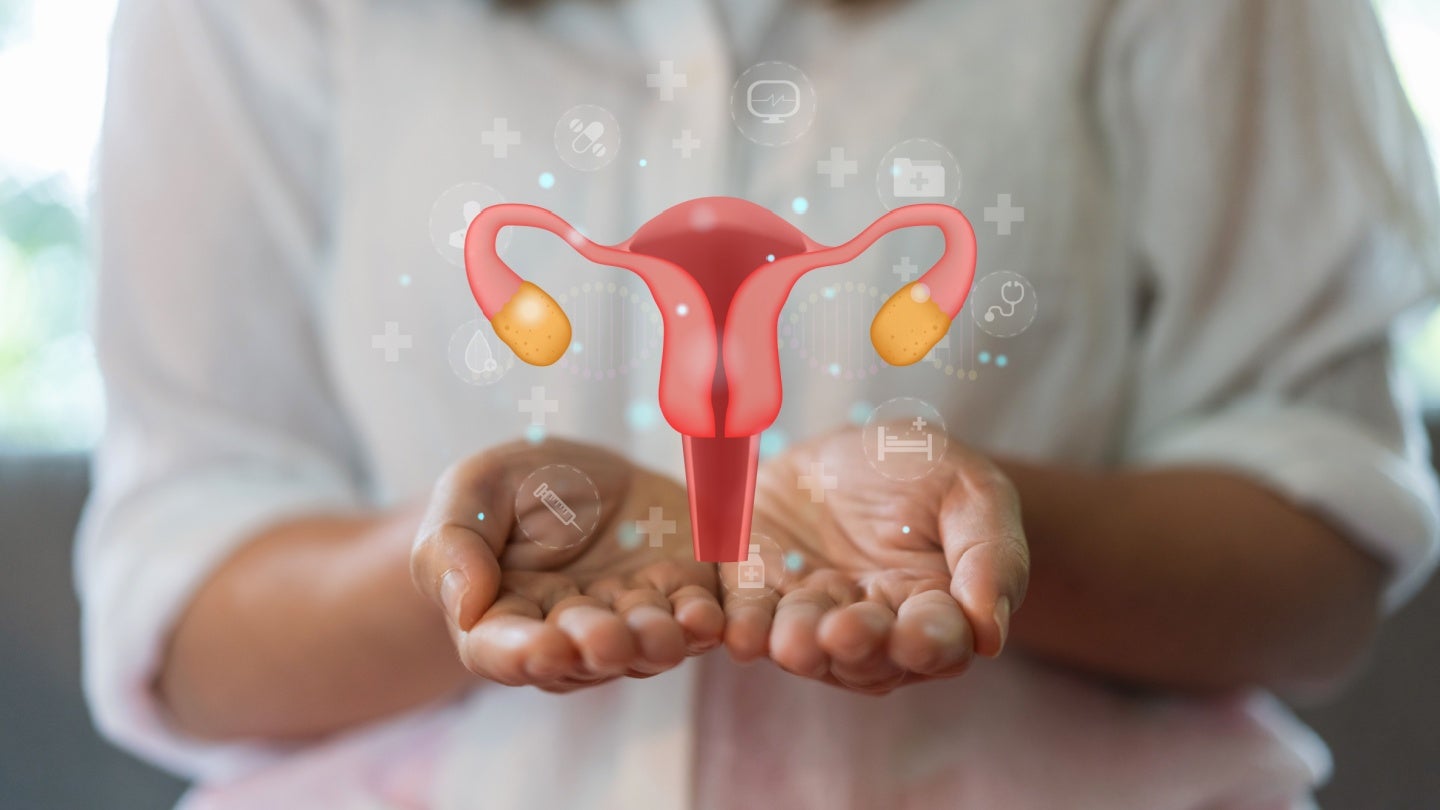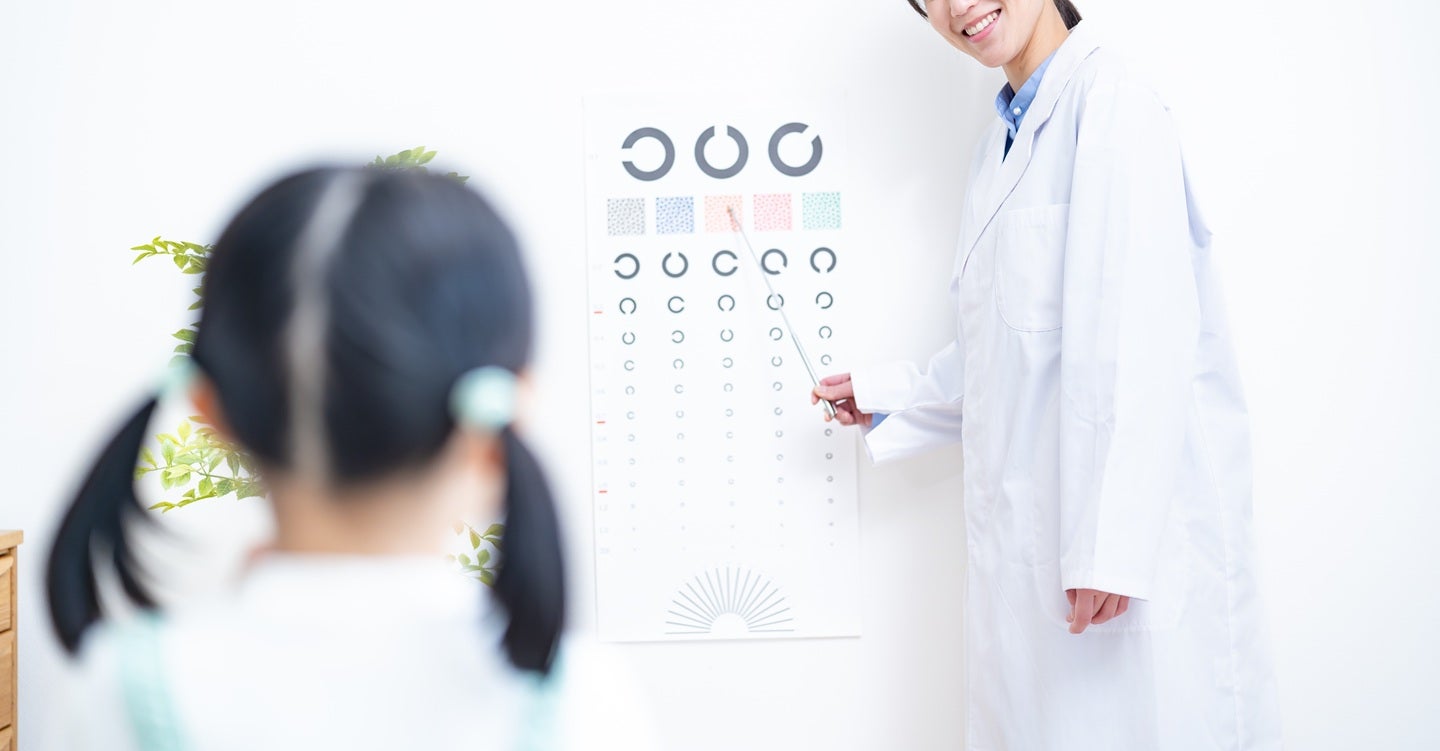New uOttawa Research Illuminates Mechanisms Behind Neural Stem Cell Activation in the Adult Human Brain
A groundbreaking study led by Dr. Armen Saghatelyan, a prominent neuroscientist from the University of Ottawa, has unveiled vital insights into the intricate dynamics of neural stem cells (NSCs), the fundamental components responsible for constructing our central nervous system and possessing the remarkable ability to self-renew. This work, a product of collaborative research efforts involving […]

A groundbreaking study led by Dr. Armen Saghatelyan, a prominent neuroscientist from the University of Ottawa, has unveiled vital insights into the intricate dynamics of neural stem cells (NSCs), the fundamental components responsible for constructing our central nervous system and possessing the remarkable ability to self-renew. This work, a product of collaborative research efforts involving a Canadian team, endeavors to dissect the complex interplay of myriad signals that NSCs encounter from various cell types within the brain and elaborates on how these cells decode such signals.
The significance of this investigation is profound. NSCs stand at a crossroads where their response to environmental cues determines their fate: they can either enter a dormant non-dividing state known as “quiescence” or transition into an active phase where they proliferate, generating new neurons and supportive glial cells. Understanding these behavior patterns is critical, as they underpin the regenerative capabilities of the brain, especially in the context of neural injuries and aging processes. The findings from this research, published in the esteemed journal Cell Stem Cell, are poised to capture the attention of researchers focused on adult neurological disorders and the aging process itself.
Within their research, Dr. Saghatelyan and his team sought to elucidate the mechanisms by which NSCs integrate and respond to signals from their cellular environment. The results shed light on how these cells react to feedback from their descendants, or “daughter” cells, which are genetically identical entities produced following cellular division. This dynamic has been likened to a “parent-child relationship,” emphasizing the notion that the parent cell—here, the NSC—remains acutely aware of its progeny’s status and well-being.
The research reveals that a low number of daughter cells prompts NSCs to activate, propelling them into growth and division mode. Conversely, when a substantial population of offspring exits the quiescent state, the parent NSC is kept in its usual dormant state. The implications of this insight are multifaceted, offering a new frame of reference to understand the cellular landscape within the brain. Prior assumptions that NSCs function solely as progenitors without interaction with their offspring have been fundamentally challenged. This revelation opens new avenues to explore the complexity of NSC behavior and interactions in health and disease.
The authors also emphasize the role of calcium signaling in NSCs as a pivotal factor in integrating and interpreting various biochemical signals over both spatial and temporal dimensions. The discovery that calcium transients are involved in the decision-making processes of NSCs marks a significant advancement in our understanding of neuronal behavior. By uncovering these calcium-dependent signaling pathways, the research equips scientists with a new lens through which to examine neural stem cell functionality and activation.
As the scientific community engrosses itself in these findings, one can envision a future where such knowledge translates into innovative therapeutic strategies for treating neurodevelopmental disorders and conditions associated with aging. The research team is poised to build on their findings, investigating how NSCs interact with different cell types in their micro-environment across physiological and pathological scenarios. This effort could lead to breakthroughs not only in understanding but also in vital applications related to boosting neuronal regeneration.
The exceptional nature of this research stems partly from the modern technologies employed during the investigation. A state-of-the-art two-photon imaging system at the University of Ottawa enabled detailed assessments of NSC activity in real time. Additionally, cutting-edge techniques such as single-cell sequencing and spatial transcriptomics were executed in collaboration with researchers from the University of Toronto and the University of British Columbia, demonstrating the power of scientific collaboration. Furthermore, machine learning approaches from Université Laval contributed to the analysis of complex datasets, underscoring the interdisciplinary nature inherent within contemporary scientific research.
Both the Canadian Institutes of Health Research and the Canada Foundation for Innovation have provided invaluable support for this project, showcasing the importance of investing in fundamental research aimed at unraveling the enigmatic workings of neural stem cells. With such backing, the study promises to pave the way for transformative treatments in the realm of neurobiology.
The journey of understanding NSCs has taken on newfound importance as we find ourselves in an era where insights into cellular behavior could combat the rising tide of neurological impairments associated with aging and various diseases. The quest for knowledge underscores how crucial it is to comprehend the activation dynamics of NSCs and their role not just in development but in maintenance, repair, and regeneration of the brain.
In conclusion, Dr. Saghatelyan’s leadership and the collaborative research efforts portend a significant leap in our understanding of how neural stem cells operate in response to their environment. This research provides a vital gateway into exploring interventions that may harness the regenerative potential of these cells. As science progresses and more discoveries come to the forefront, the hope is that a better grasp of NSC dynamics will ultimately lead to therapies that enhance recovery and repair in the brain.
Subject of Research: Neural stem cell activation and feedback mechanisms
Article Title: Neural stem cell quiescence and activation dynamics are regulated by feedback input from their progeny under homeostatic and regenerative conditions
News Publication Date: 6-Feb-2025
Web References: Cell Stem Cell
References: DOI
Image Credits: None Provided
Keywords: Neural stem cells, stem cell research, calcium signaling, neurogenesis, brain regeneration, neurodevelopmental disorders, feedback mechanisms, cellular interaction, aging, adult stem cells, neuroscience, regenerative medicine.
Tags: adult brain regeneration processesadvances in stem cell biologyaging and brain plasticitycentral nervous system self-renewalcollaborative neuroscience research in CanadaDr. Armen Saghatelyan research findingsenvironmental cues influencing neural stem cellsimplications for neurological disordersinsights from Cell Stem Cell publication.neural stem cell activation mechanismsquiescence and proliferation of neural stem cellssignificance of neural stem cells in injury recovery
What's Your Reaction?


































